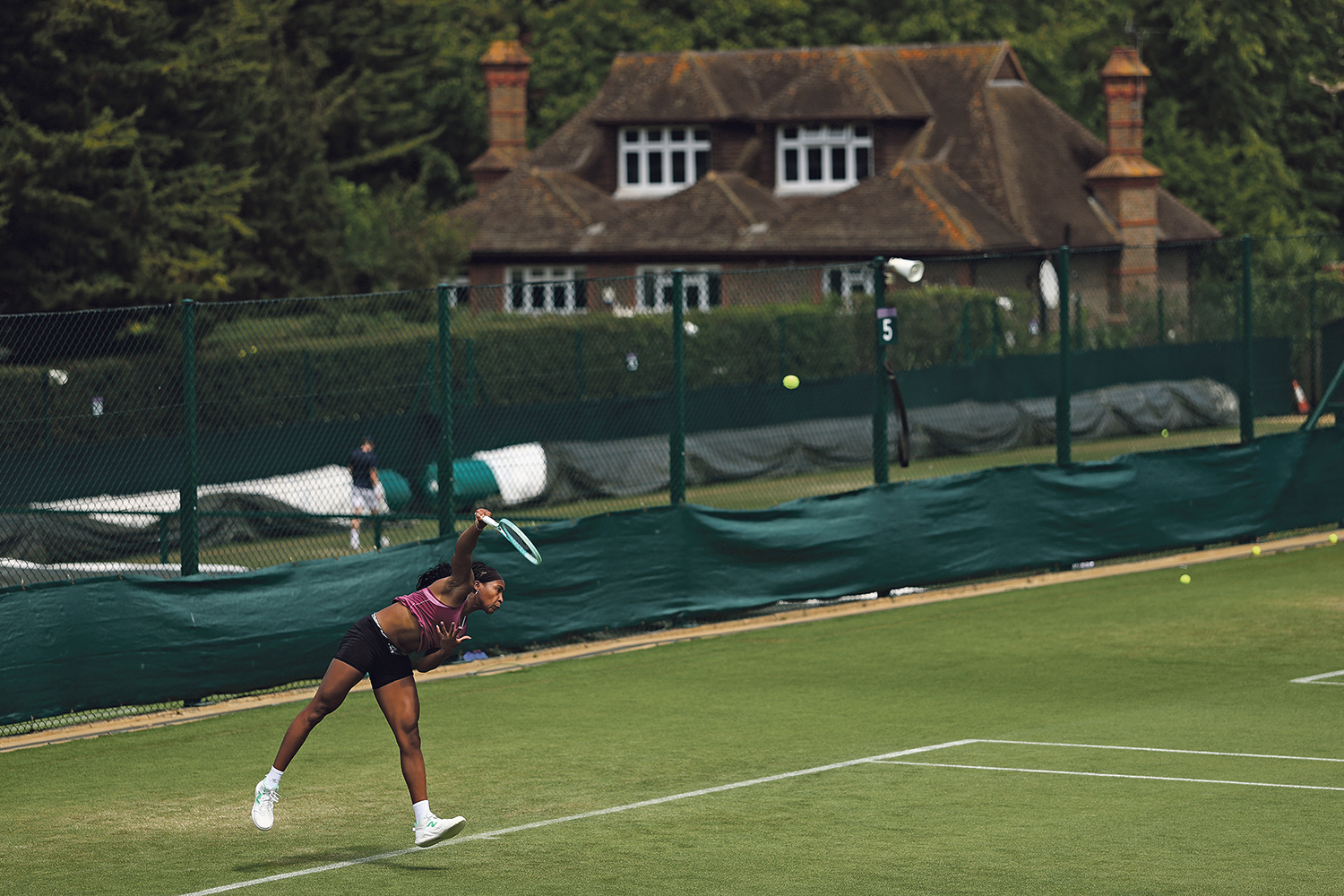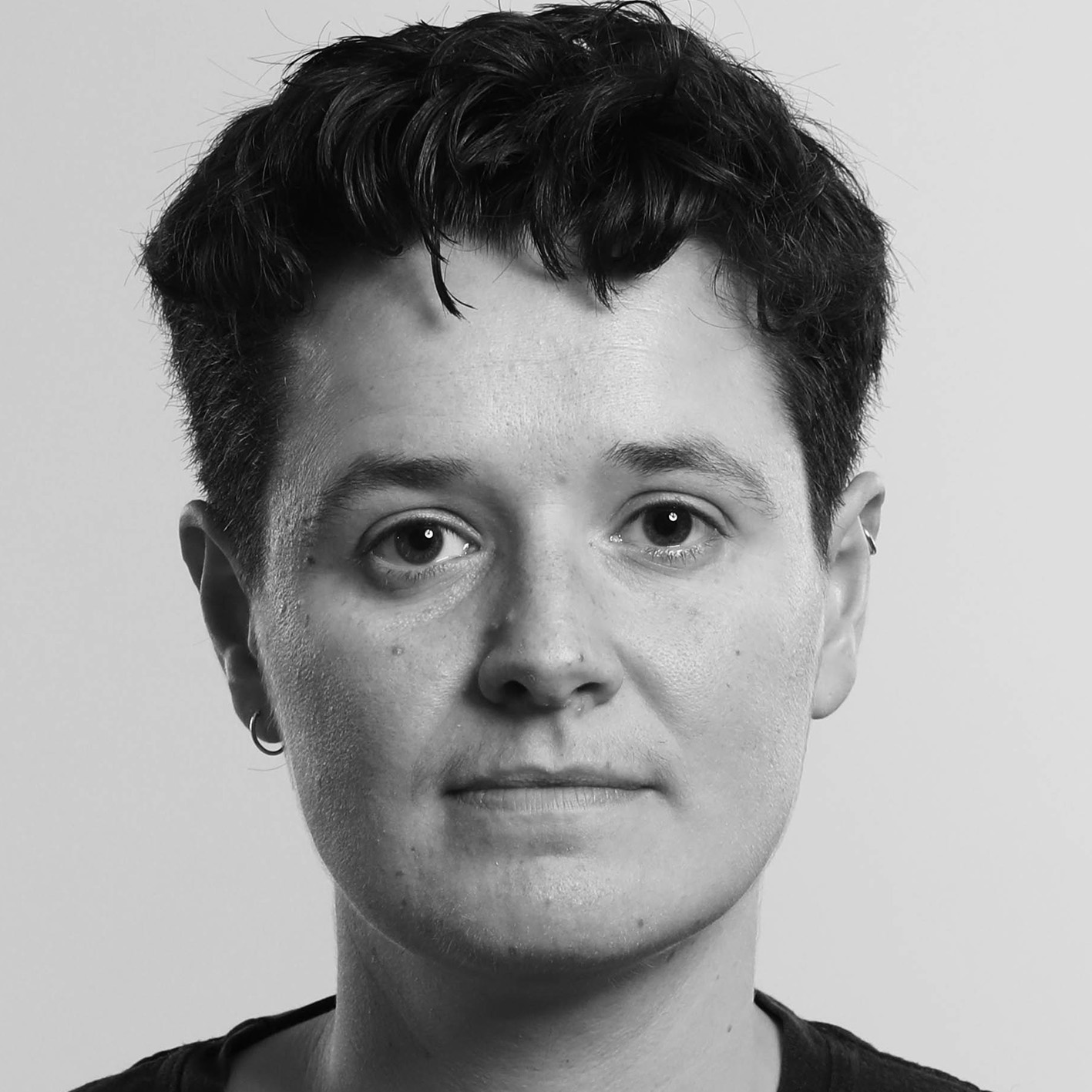As Barbora Krejčíková served for the Wimbledon Championship last year, she was about to become the eighth different woman in eight years to win the tournament.
That record is in stark contrast with men’s tennis where three players have shared the past 12 Grand Slam titles between them and Carlos Alcaraz is attempting to win his third consecutive Wimbledon title this summer.
The phenomenon is not unique to Wimbledon. The US Open has had six different women winners over the past six years. But Wimbledon has taken unpredictability to another level. While the US Open’s past three winners have been Coco Gauff, Aryna Sabalenka and Iga Świątek – widely considered the best three players on the tour – none has even reached the final at Wimbledon. You have to go back to 2021 for the last time a woman seeded in the top 15 won (Ashleigh Barty if you were wondering).
Karolína Muchová and Wang Xinyu face each other in the opening round on Tuesday and have a similar idea for why that may be.
“On grass, because you get shorter points, if you get one player who is feeling good that day and serving well, anything can happen,” says Wang, who is ranked 33rd in the world and recently reached the final of the Berlin Open. “Grass just adds more uncertainty to the result. In women’s tennis, anything can happen. For us, it’s a good thing. Every week is a new chance, no matter who you are facing.”
“The competition is at such a high level,” says Muchová, who is ranked 15th. “There’s so many good players that on grass it can be tricky if not everyone plays as well on it. It is a surface that has advantages that you can use. The rallies are way shorter on grass, so I’d say physically it’s maybe not as tough. The biggest thing is that it’s quicker. You can serve and volley.”
Generally, women’s tennis is more return-dominated than men’s tennis, meaning women are less likely to hold their serve. On a surface that makes it easier to do that, it changes the dynamics between the players and emphasises different skills.
Nowhere was this clearer than at Queen’s a fortnight ago. Hosting a women’s competition for the first time in more than 50 years, the tournament was won by Tatjana Maria, ranked 43rd in the world, and known for her relentless slice.
The fact that women play only three sets at slams also exacerbates the randomness. There is far less time to turn around a match unlike in men’s matches where a superior player can go two sets down and still win, as Carlos Alcaraz did in his French Open final against Jannik Sinner.
“I would say if we played five sets like men, the players that are more consistent would have a better chance,” says Wang. “It would be more physical but I don’t really feel tired at the end of three sets.”
It may also be the case that the gap between the best and the rest on the women’s tour is just not as defined as it has been on the men’s tour, particularly when it comes to the incredibly short grass season.
Four of Swiatek’s five grand slam titles have come on clay at Roland Garros, while world No 1 Sabalenka has won all three of her slams on hard courts.
Sabalenka will have a tough task if she wants to buck the trend with a potential third round against Markéta Vondroušová, who won Wimbledon in 2023 and last week beat Sabalenka on her way to the Berlin title. She is also in the unenviable position of being able to complete an unwanted treble, having already lost the Australian and French Open finals this year.
Gauff, meanwhile, could end up facing Świątek in the quarter-finals, with the Polish player having slipped down the rankings recently and only being seeded eighth. British No 1 Emma Raducanu will open Wimbledon against 17-year-old British wild card Mimi Xu. Raducanu will know the threat Xu poses having herself first caught national attention on her run to the fourth round of Wimbledon as an 18-year-old.
Meanwhile, men’s fourth seed Jack Draper has Novak Djokovic potentially waiting for him in the men’s quarter-finals if he makes it that far.
Alcaraz will begin his title defence against veteran Italian Fabio Fognini, with a potential second-round match against British qualifier Oliver Tarvet, in what looks to be a relatively kind draw. The Spaniard is aiming to do something that not even Djokovic, Roger Federer or Rafael Nadal managed and win both the French Open and Wimbledon in consecutive years.
Björn Bjorg was the last man to manage the feat, winning both for three years on the bounce between 1978 and 1980. The man most likely to stand in Alcaraz’s way is world No 1 Sinner, who faces compatriot Luca Nardi in the first round. Sinner is in the same half of the draw as Djokovic, who beat him in the semi-final last year, with the 38-year-old still searching for his 25th grand slam title to take him past Margaret Court’s record.
Photograph by Dan Istitene/Getty Images

